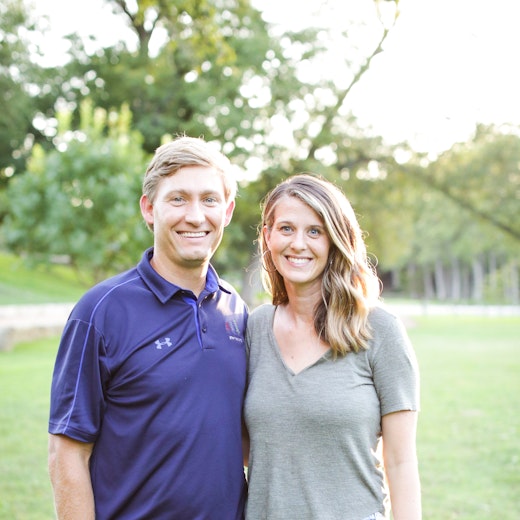Parent Book Club #4 - Environment Matters

Today we delve deeper into Chapter 9 of Unschooling Rules, entitled Sitting through a classroom lecture is not just unnatural for most people, it is painful.
Why do kids love summer camp? After talking with hundreds of parents, one answer I get quite frequently is that kids need a break from their school environment. But why so? What exactly do they need a break from? I’m believing more and more that part of that need break is due to our childrens’ environment. Here are two questions I’ve asked myself after reading this chapter.
1. What is it about the Camp environment that is appealing to children?
2. What are optimal learning environments for our children or for young people and what are opportunities to create more of these?
I believe that one reason kids love summer camp, and Huawni for that matter, is because the open space and freedom they have at Camp. Contrast it with a typical school day and you get the jest of it. At school children have 8 periods, about 30-45 minutes a piece in the same or nearly the same classroom environment. Teachers normally spend 20-30 minutes (if not more) of each period leading the class by talking at kids. At Camp, Campers have a general daily schedule, with activities ranging from 15-40 minutes. All of the activities are in different locations, most of which are outdoors. Other than general instruction, the learning, fun, and conversation are largely driven by the Camper. In fact, some things are solely driven by campers, like bucket lists, delegating responsibility during cabin cleanup, or creating a skit for Skit Night. Learning happens on the fly, and sometimes the schedule is flipped on it’s head (i.e. Playday, Movie Night, playing in the rain, etc.).
Sitting through a classroom lecture is painful for most people most of the time. We all know this, yet so many deny it or view it as a personal failing. – Clark Aldrich
Over the last two summers, we have experimented with getting rid of talking at our Counselors during staff orientation. We’ve implemented the learning structure outlined in Chapter 26 of Unschooling Rules for running staff orientation sessions, and we have seen drastic improvements. Not only have our counselors learned more, but they have also had so much more fun going through Orientation.
2 non-adjacent hours of lecture a day should be the greatest number for any institution or program. – Clark Aldrich
So, what is it about the Camp environment that is appealing to children? Namely variations in space and less time being talked at. And…what are optimal learning environments for young people and what are opportunities to create more of these? Arguably environments where children get to process, lead, and have fun. One real-world example has been our staff orientation, where young people get to explore, play, and then add rigor. This leads to more fun, more learning, and more ownership.
What learning environments have you seen your child thrive in, be it Camp or another setting?
